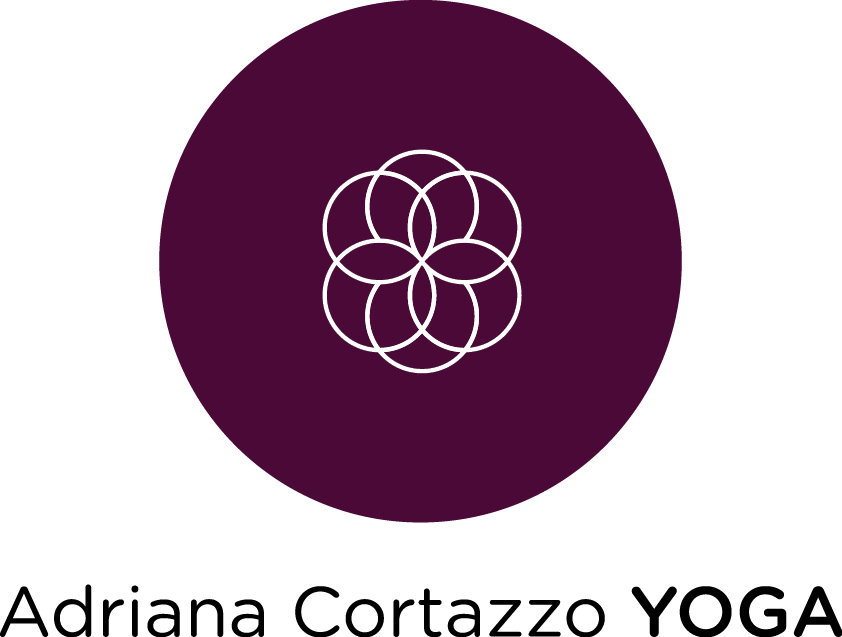A beautiful all-encompassing discipline of self-discovery and transformation.
I love yoga full stop. I’ve sat at the feet of many wise and wonderful teachers from different ilk’s of practice. I’ve travelled the world with yoga. Danced and laughed in the dessert, while chanting my heart out. I’ve even had the guts to deliver yoga to women in a high security prison. Never in my wildest dreams did I ever think all of that could of evolved from attending a yoga class because stress was getting the better of me. The first ten years was a gentle introduction to understanding my body and keeping stress at bay. Then I stepped into my first Ashtanga Yoga class and anything I thought I knew before that completely evaporated. I felt like I had been turned inside out and pushed to my edge, dripping with sweat, split wide open with splintering glimpses of something deeper. It completely pushed all my buttons and forced me to shred through the outer layers of myself with no promise of a destination, other than the faith that something good was coming.
Dena Kingsberg, one of my teachers describes it as "What begins as physicality, a struggle of bodily limitations, can evolve with an ignited breath and heartfelt intention. With effort, discipline, concentration, the energy shifts and changes the way we experience ourselves and others. It affects our moods, our behaviour, our relationships and our sense of self.”
So let’s talk about the physical practice
Ashtanga yoga is a powerful tool for transformation through gradually dissolving the physical, mental and emotional blocks that limit and restrict our potential. It’s a set series of postures that are woven together using flowing movements to create one sequence. Each connecting move is synchronised with the breath which contributes to the idea that it’s likened to a moving meditation. It is a challenging physical practice, increasing strength, flexibility, endurance, co-ordination and stamina. But, wow, it’s also a very honest way to observe who you are. It is more correctly known as The Ashtanga Vinyasa System, the Vinyasa meaning, breathing synchronised with movement. The sequence itself creates internal heat which is cleansing the body of toxins. creating space for good health and clarity of mind.
Magic in Repetition
One of the distinctions of Ashtanga yoga compared to other forms of yoga is that it’s a set series of postures practiced in the same order each time. This is one of the many gifts of this practice that begins to build a conscious relationship between body, breath and mind. The practice is the same, but what is different is who it is that shows up each day. It is within this traditional parameter that we get a very personal and upfront view of what state of mind we are in during our practice. With repeated practice, day after day, what begins to surface is compassion for whatever it is that keeps arising. Patanjali (the author of the dharshana - The yoga sutras) tells us right from the start that the purpose of yoga is about stilling the fluctuations of the mind. To grasp stillness of the mind, we need to be able to witness it first to understand it. The magic is arriving at a place of pure witnessing with no judgement, just allowing clarity or confusion to surface. There is nothing more sacred than to study yourself with no expectations. Just pure awareness!
How we practice it @ THE INTUITIVE Room
“Unfortunately today Ashtanga Yoga is often misunderstood as a mere physical practice and limited to body-building and beautifying. Additionally it’s linear presentation lends itself to an attitude of conquering one posture after another and a mindset of acquisition and physical performance. But this practice offers so much more than mere posture-grabbing. To be true to its ancient roots it calls to be presented in an intelligent and compassionate way, guiding the student away from ambition and competition to enable him or her to eventually go beyond the body towards the spiritual practices. To achieve this it cannot be allowed to harm the body. Unfortunately much of today’s discussions on yoga are related to the physical problems of yogis, which they have acquired through ambitious practice.” By Gregor Maehle
Ashtanga - the eight limbs
The term Astanga yoga is from the second chapter of the yoga dharshana (yoga sutras) complied by Patanjali a few thousand years ago, describing a complete and all encompassing path to freedom. Gregor Maehle is another of my inspiring and primary teachers who in this short video gives a very concise and brief overview of the meaning of the Ashtanga system. This system is a very precise science of living consciously with all beings in harmony. The first two limbs (yama and niyama) relate to how we interact with our surrounds and with our own personal wellbeing. Then it focuses on the physical tuning of the body through the postures (asana) and the breath work (pranayama) It is the exploration of the higher limbs of Pratyahara, Dharana and Dhyana that we open ourselves to moving beyond the stillness of the mind. Until we arrive at a state known as Samadhi… oneness, freedom, connection to all!
If there was a goal to yoga, freedom would be something to aim for.
How to get started
It’s best to start with a LEARN YOGA COURSE. This will consolidate you in the fundamentals of Ashtanga yoga. From there you may decide to attend a LED ASHTANGA CLASS. This is a drop in class that will keep you consistent and remembering the sequence. A SELF-PRACTICE CLASS is open to everyone and empowers you to work at your own pace within your limitations. Your teacher is in the room guiding you along the way.
Happy Ashtangaring…


